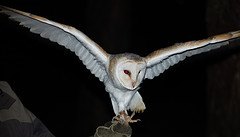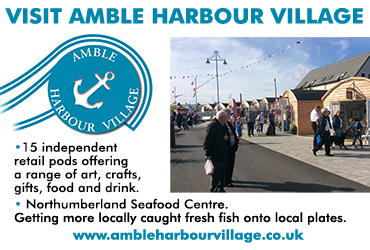Amble’s Hallowe’en creatures: owls and bats
We see all five British owls in the countryside round Amble. Tawny is the commonest in the UK. They breed in mature woodland and also like churchyards with old trees. Little owls were introduced to UK by the Victorians and are the most likely owls to be seen during daytime – but they are very scarce in Northumberland.
The ghostly white barn owl is best seen during the winter, particularly at dawn and dusk around Druridge Bay. Nesting in barns, hollow trees, old buildings or specially-made nestboxes, they are resident and suffer badly in prolonged spells of wet or cold weather.
In winter those at Druridge Bay are joined by short-eared owls, which have either moved down off the moors to winter on the coast or crossed the North Sea to escape the cold Scandinavian winter.
Long-eared owls, which have long ear tufts they can erect when surprised also cross the North Sea to winter here, but are extremely hard to see.
Martin Kerby, Conservation Officer, RSPB.
Bats
Ten species of bat have been recorded in the county but only four in Amble, the common pipistrelle, noctule and natterer’s. All these apart from noctule use small crevices on wall tops in buildings, including houses. The noctule is the largest British bat and uses tree roosts.
Ruth Hadden, Northumberland Bat Group Recorder













